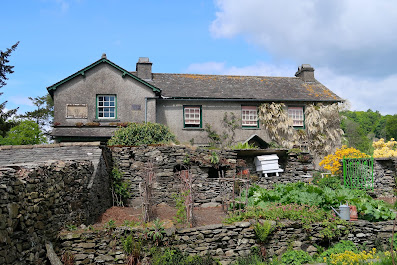This blog is part of my ongoing effort to maintain a record of my written communication expressing concern about the actions of the current presidential administration that lead to unnecessary (and in some cases cruel) harm to others, to the U.S., or to the global community.
I try to be understanding of how busy my U.S. Senators and Representatives (and their respective staffs) must be, especially with the chaos in the current administration. But my patience has run thin with form letter responses that completely miss the mark and send the message that the people who are supposed to be representing me in the U.S. Congress are preoccupied with other agendas that have little to do with their constituents.
Call me an idealist, but in the U.S. as it should be, what greater priority is there for a U.S. Senator or Representative than the voices of their constituents?
How to reach your U.S. Senators:
https://www.senate.gov/senators/senators-contact.htm
How to reach your U.S. Representative:
https://www.house.gov/representatives/find-your-representative
***************************************************
Senator Ashley Moody's response to my letter regarding the release of personal data to unelected and unvetted officials is copied below my response to her response at the end of this blog.
Dear Senator Moody,
In mid-February 2025, I wrote you a letter protesting the inappropriate access to and use of my personal data and that of millions of Americans by DOGE. In that letter, I ask you specifically to take clear and urgent steps to ensure that the extensive personal information we are required to provide the American government remain ... personal and confidential, to be accessed only by those who have been vetted and who fully and humbly understand their obligations to protect that information. I simply ask that my personal data be protected as it has historically been protected, that is until the current administration took office.
In my letter, I did not argue against reducing fraud and waste in the U.S. government. However, in April of 2025, I received a response from you and your office that focused instead on the reduction of fraud and waste by DOGE and lauded your accomplishments as attorney general of Florida, but did not at all touch on my concerns regarding the release of my personal information by the recent hasty and extensive acts of the federal government via DOGE. I am writing this letter to say that I am deeply offended and concerned by the tone-deaf response I received.
The release of my personal information (and that of millions of other Americans) in a manner that is wholly inconsistent with the trust we are asked to put in the federal government is unacceptable. This is not a trivial issue to be swept to the side by other agendas.
I ask you, as part of your duty to provide effective, honest, and relevant oversight to the federal government, to take the protection of personal data much more seriously and make it more central to the future actions of DOGE and other government agencies.
*******************************************************************
Senator Moody's letter to me, sent electronically to my email on April 17, 2025
Dear Denise,
Thank you for taking the time to share your thoughts regarding the Department of Government Efficiency (DOGE). Understanding your views helps me to better represent Florida in the United States Senate, and I appreciate the opportunity to respond.
For too long, our nation has been rife with waste, fraud and abuse at various levels of our government. The Government Accountability Office has found the federal government loses between $230 billion and $500 billion to fraud annually. Since 2003, it is estimated that the federal government has made over $2.3 trillion in incorrect payments without a way to track, mitigate, or recover those finances. As a hard-working taxpayer, it is unconscionable to believe how much of our money has been lost in recent years.
As the former Attorney General of Florida, I led multiple investigations that exposed the bad actors and their abuse of government finances. Most notably, I uncovered over $10 million in back payments targeting Medicaid that shortchanged the state’s program. These actions led to us recouping all the nearly lost funds. With the help of DOGE, we are working on eliminating those risks and putting your taxes to better use.
Most recently, I proudly cosponsored the Recover Fraudulent COVID Funds Act (S. 121), which was introduced by Senator Lankford (R-OK). This legislation would extend the statute of limitations for prosecuting and recovering stolen and fraudulently-obtained COVID funds and payments. Last year, the Internal Revenue Service’s Criminal Investigation unit released a report detailing nearly $9 billion in fraudulent COVID payments, totaling over 1,600 cases – most of which were uncovered over the last year. This legislation will allow us to recover fraudulent payments and hold bad actors accountable.
President Trump and all leaders in Washington understand the dangers to our nation if we do not get federal spending under control. Our debt has skyrocketed, and this leaves our children and grandchildren exposed to an unstable fiscal reality. We must ensure taxpayer funds are working as effectively as possible. Wasteful government practices have contributed to our enormous debt, which is one of the most pressing challenges we face as a nation. Cost-saving measures are required if we are going to ensure the long-term financial stability of the U.S.
My goal is to reduce the national debt, shrink the federal bureaucracy, and ensure that taxpayers actually benefit from any services paid for with their tax dollars.
Thank you again for taking the time to contact me. If you would like to stay up to date on how I am serving Florida in the Senate, I encourage you to visit https://www.moody.senate.gov/ or https://x.com/SenAshleyMoody for more information.
Sincerely,
Ashley Moody
United States Senator
















